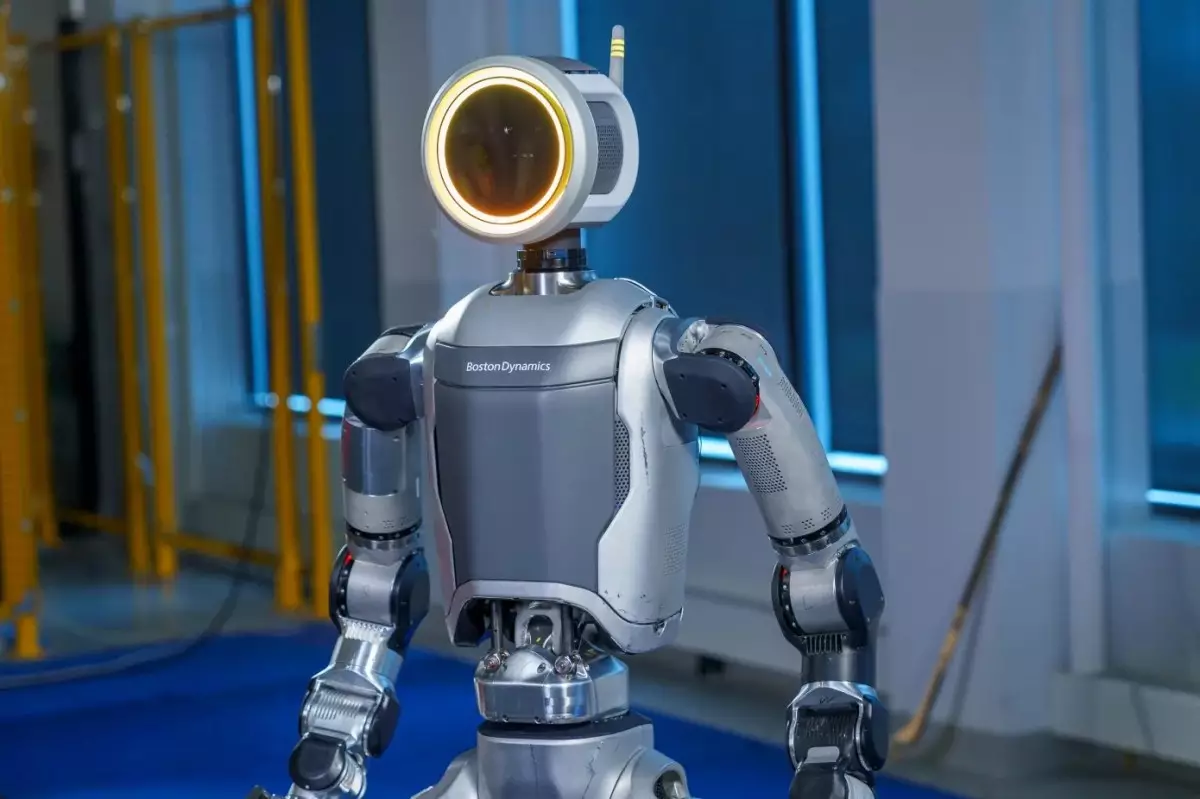In an ambitious move that promises to reshape the landscape of humanoid robotics, Boston Dynamics and the Toyota Research Institute (TRI) have announced a groundbreaking partnership aimed at integrating advanced artificial intelligence into the electric Atlas humanoid robot. This innovative collaboration builds upon TRI’s research into large behavior models (LBMs), a technology inspired by the well-known large language models (LLMs) that power platforms like ChatGPT. By merging TRI’s expertise in AI with Boston Dynamics’ robotic hardware capabilities, the partnership seeks to usher in a new era of intelligent robotics.
During a visit to TRI’s Bay Area campus last September, I had the opportunity to explore the institute’s advanced approaches to robot learning. TRI’s head, Gill Pratt, revealed impressive progress in enabling robots to execute everyday tasks—such as cooking—attaining an accuracy rate of 90% in activities like flipping pancakes. Pratt highlighted a notable shift in machine learning paradigms: earlier methods required extensive datasets with millions of training examples. However, recent advancements indicate that significant performance improvements can now be achieved with far fewer examples, emphasizing the importance of diversity in training cases rather than sheer quantity. This newfound efficiency can potentially accelerate the development of robots capable of handling complex tasks in real-world environments.
This alliance between Boston Dynamics and TRI stems from their complementary strengths in hardware and software, respectively. Boston Dynamics has established itself as a leader in robotic design with its innovative products like the Spot robot, yet the challenge remains in teaching these machines to autonomously navigate and perform intricate tasks. Robert Playter, CEO of Boston Dynamics, expressed enthusiasm about the partnership, stating that it exemplifies the synergy between two organizations committed to addressing complex robotics challenges. By harnessing their combined research and development capabilities, they intend to create robots that not only function effectively but also solve real-world problems.
Boston Dynamics unveiled its electric Atlas design earlier this year, marking a significant departure from its hydraulic predecessor. The new design aims to enhance the robot’s capabilities, although public demonstrations have been limited. However, TechCrunch recently released a video showcasing the Atlas performing push-ups, reaffirming its impressive strength and agility. The humanoid robotics market is becoming increasingly competitive, with companies like Agility, Figure, and Tesla opting to develop AI systems internally. The Boston Dynamics-TRI partnership stands out not only for its innovative approach but also because it involves two automotive titans—Hyundai and Toyota—who are rivals in the automotive sector.
Both organizations share a visionary goal: to create a truly general-purpose machine capable of learning and performing a wide array of tasks similar to that of a human being. While the evolution of robotic hardware is making strides toward achieving this goal, the complexities involved in replicating human-like intelligence remain a formidable challenge. Although the introduction of software development kits (SDKs) has broadened the functional capabilities of robots such as Boston Dynamics’ Spot, the ambition of realizing true artificial general intelligence still appears to be a distant endeavor.
As the partnership between Boston Dynamics and TRI unfolds, the implications for the future of robotics are significant. By merging their distinct talents, the organizations aim to address not only technical challenges but also societal needs. The potential to develop robots that can assist in everyday tasks, enhance productivity, and contribute to sectors such as healthcare, agriculture, and service industries could revolutionize the way we interact with technology.
Nonetheless, it is essential to approach these advancements with caution. The complexities of integrating AI into humanoid robots raise ethical and safety considerations that must be thoroughly addressed. As robotics continue to evolve, ongoing discussions surrounding their implications for employment, privacy, and social dynamics will be crucial.
The collaboration between Boston Dynamics and the Toyota Research Institute represents a significant leap forward in the field of humanoid robotics. By leveraging their respective strengths in hardware and artificial intelligence, these organizations are poised to unlock new possibilities for the future of robotic technology. As they work towards developing robots capable of adapting and learning in diverse environments, the road ahead is filled with exciting potential and necessary responsibility.

